Meet the 10 artists representing Pakistan at Art Dubai 2025
As the art world descends on Dubai for the 2025 edition of Art Dubai — one of the leading international art fairs spotlighting voices from the Global South — Pakistan is making its presence felt in a big way.
The fair, set to take place from April 18 to 20 this year, has become a dynamic platform celebrating diversity in contemporary, modern, and digital art practices from the Middle East, North Africa, South Asia, and beyond.
It is divided into curated sections, including a ‘Contemporary’ section, featuring established and emerging galleries, a ‘Modern’ section, focused on 20th-century masters from the Global South, a ‘Bawwaba’ (Arabic for getaway) section, highlighting solo presentations that reflect current global transformations, and ‘Art Dubai Digital’, dedicated to digital and NFT art.
Ten Pakistani artists, each with a distinct style and story, are representing the country in the fair’s Contemporary section. Among them are veterans who’ve shaped the trajectory of South Asian art for decades and emerging artists redefining its future.
From the abstract to the intricately detailed, this year’s Pakistani lineup offers a compelling glimpse into the country’s rich visual language. Here’s a closer look at the artists carrying the Pakistani flag at Art Dubai:
Rasheed Araeen

A conceptual artist, sculptor, painter, writer, and curator, Rasheed Araeen was born in Karachi but made his mark in London’s radical art circles in the 1960s. Trained as a civil engineer, his works often incorporate open modular forms that can be re-positioned. Beyond his practice, Araeen has long been a fierce advocate for the representation of artists of colour, founding the influential journal Black Phoenix in the 1970s.
Anwar Saeed

Lahore-based painter and printmaker Anwar Saeed graduated from the National College of Arts (NCA) in Lahore, in 1978 and completed his postgraduate studies at the Royal College of Art in London in 1985. He weaves mythology, sexuality, and personal history into his canvases. He has been a faculty member at NCA since 1986.
Faiza Butt

Faiza Butt’s work appears almost photographic at first glance — but look closer and you’ll see her meticulous pointillism at play. Born in Lahore, Butt trained at the NCA and the Slade School of Fine Art in London. Her style draws from miniature painting traditions and her work has been exhibited in various museums and included in several publications.
Safdar Ali Qureshi

Hailing from Larkana, Safdar Ali Qureshi specialised in miniature painting at NCA and graduating in 2005. He brings a more meditative, abstract take on miniature art. His paintings are often built from dashes, swirls, and subtle shifts in hue — an attempt, he says, to capture memory in motion. He currently teaches miniature painting at SABS University of Art, Design and Heritages in Jamshoro.
Imran Qureshi

Born in Hyderabad, Imran Qureshi studied miniature painting at NCA where he now teaches. Qureshi is known for reviving 16th-century Mughal miniature painting techniques, merging traditional motifs with contemporary themes. His work spans various media, including site-specific installations that respond to architectural spaces.
Sana Arjumand

Karachi-born Sana Arjumand graduated from NCA in 2005 with a major in painting. She paints a world tinged with mysticism. Birds, light, and symbols drawn from dreams populate her work, which grapples with inner states, spirituality, and the anxieties of modern life. Her ethereal style has found an audience both in Pakistan and abroad.
Shehnaz Ismail

Shehnaz Ismail has long championed Pakistan’s craft traditions. A co-founder of Karachi’s Indus Valley School of Art and Architecture, where she heads the Department of Textile Design, she’s spent decades documenting and preserving indigenous embroidery and weaving practices, particularly from mountainous regions and the Potohar Plateau. She is a graduate of the NCA’s Faculty of Design.
Syed Sadequain (1930–1987)

No conversation about Pakistani art is complete without mentioning the late Syed Sadequain Ahmed Naqvi, who was born in Amroha, India, and moved to Pakistan after independence. A titan of modern Islamic calligraphy and symbolism, Sadequain produced over 15,000 works during his lifetime. His inclusion at Art Dubai is a tribute to the enduring power of his legacy — and a reminder of how foundational his contributions remain.
Shezad Dawood

London-based and globally active, Shezad Dawood creates across media — from film to virtual reality. He trained at Central Saint Martins and the Royal College of Art before completing a PhD at Leeds Metropolitan University. Dawood’s practice often involves collaboration and explores themes of narrative, history, and identity.
Maha Ahmed

A new voice with a delicate hand, Maha Ahmed completed her BFA in Miniature Painting at NCA in 2012, followed by an MA in Fine Art at Central Saint Martins School of Art, London, in 2015. Her work touches on feelings of loneliness and curiosity through otherworldly, ethereal worlds and mystical creatures.
Art Dubai partners with museums, institutions, and curators around the world. Its Global Art Forum, one of the region’s most significant art talks programmes, invites artists, curators, writers, and thinkers to explore pressing cultural and philosophical themes.
With visitors from over 90 countries and a strong presence of collectors, curators, critics, and cultural institutions, Art Dubai serves as a hub for cultural exchange.






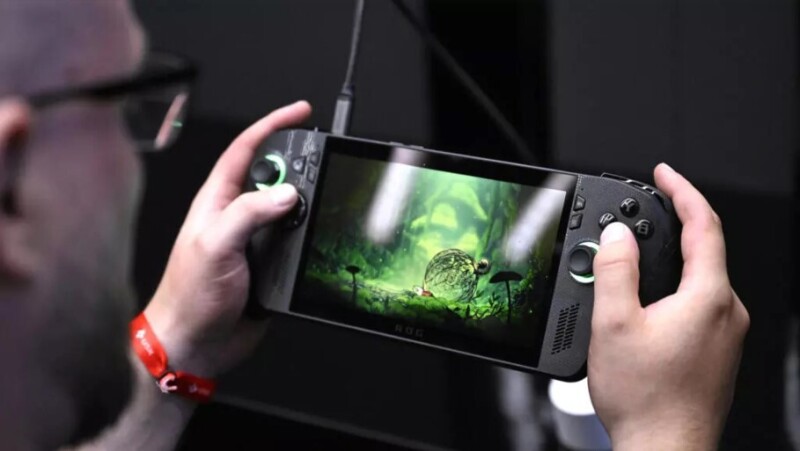
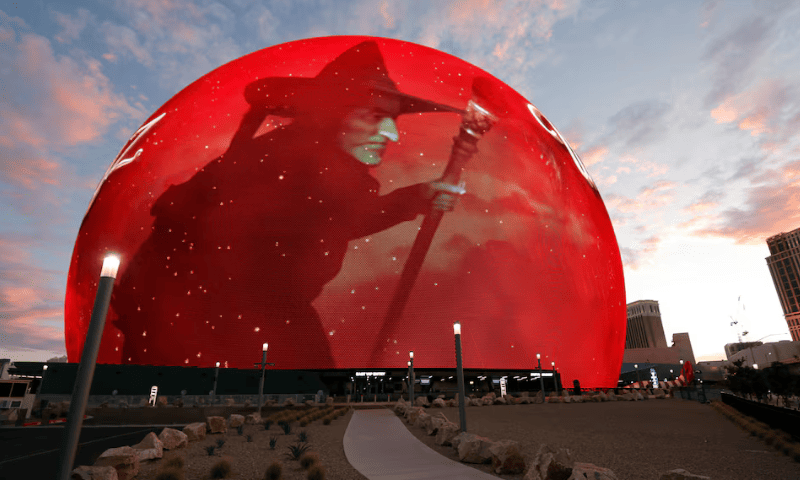

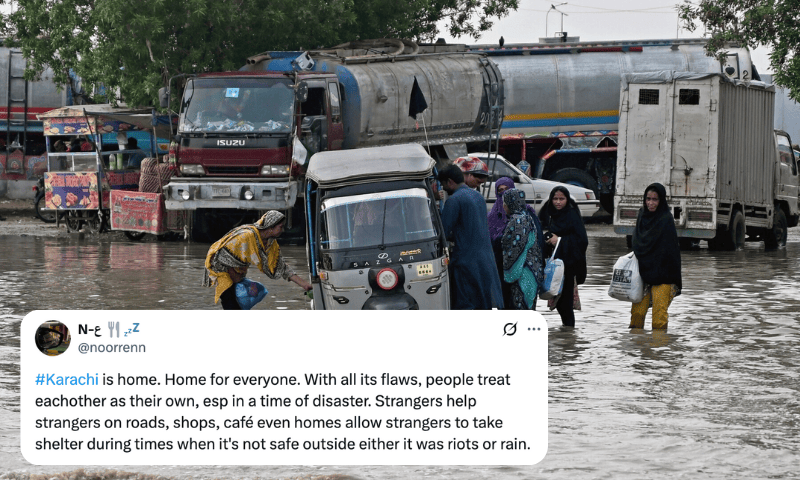
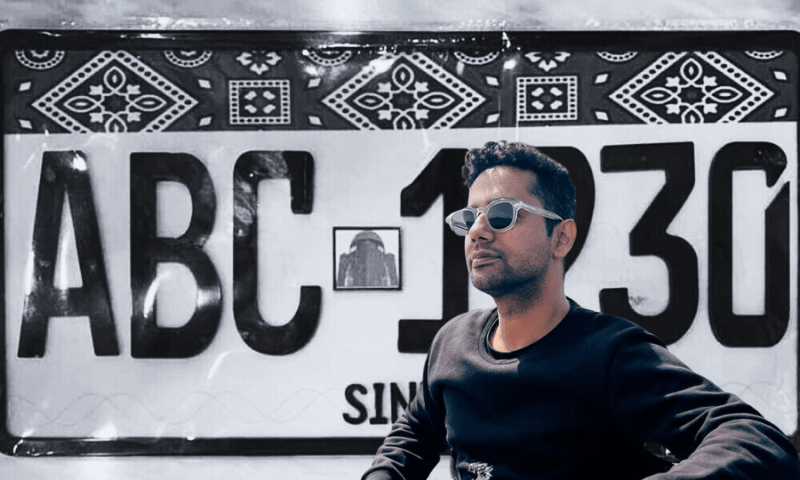
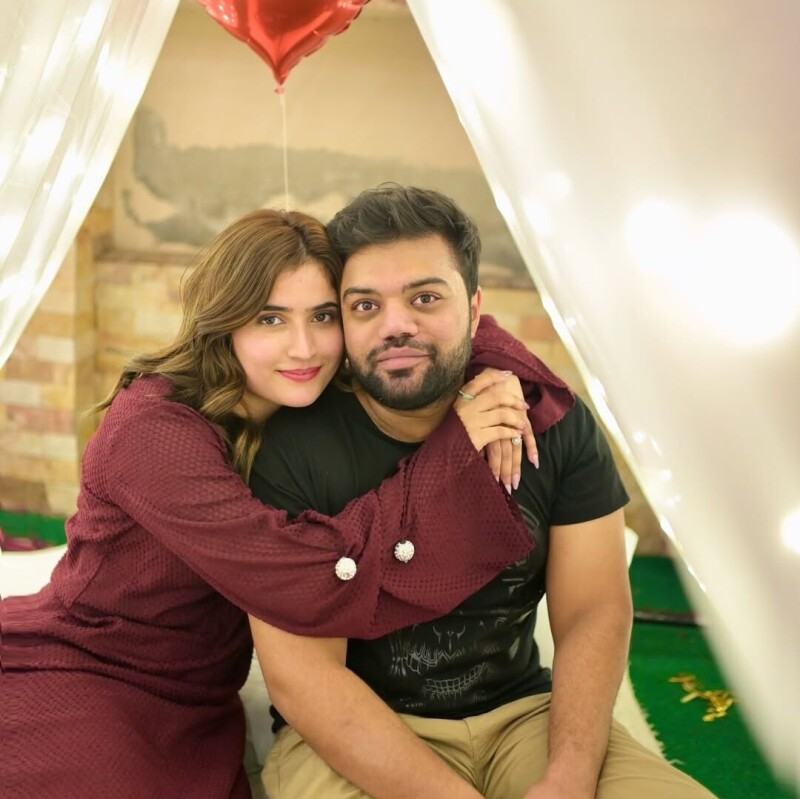

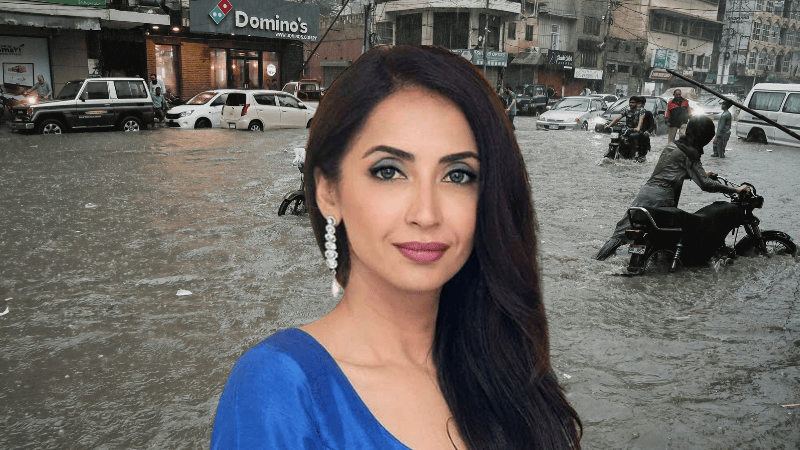

Comments